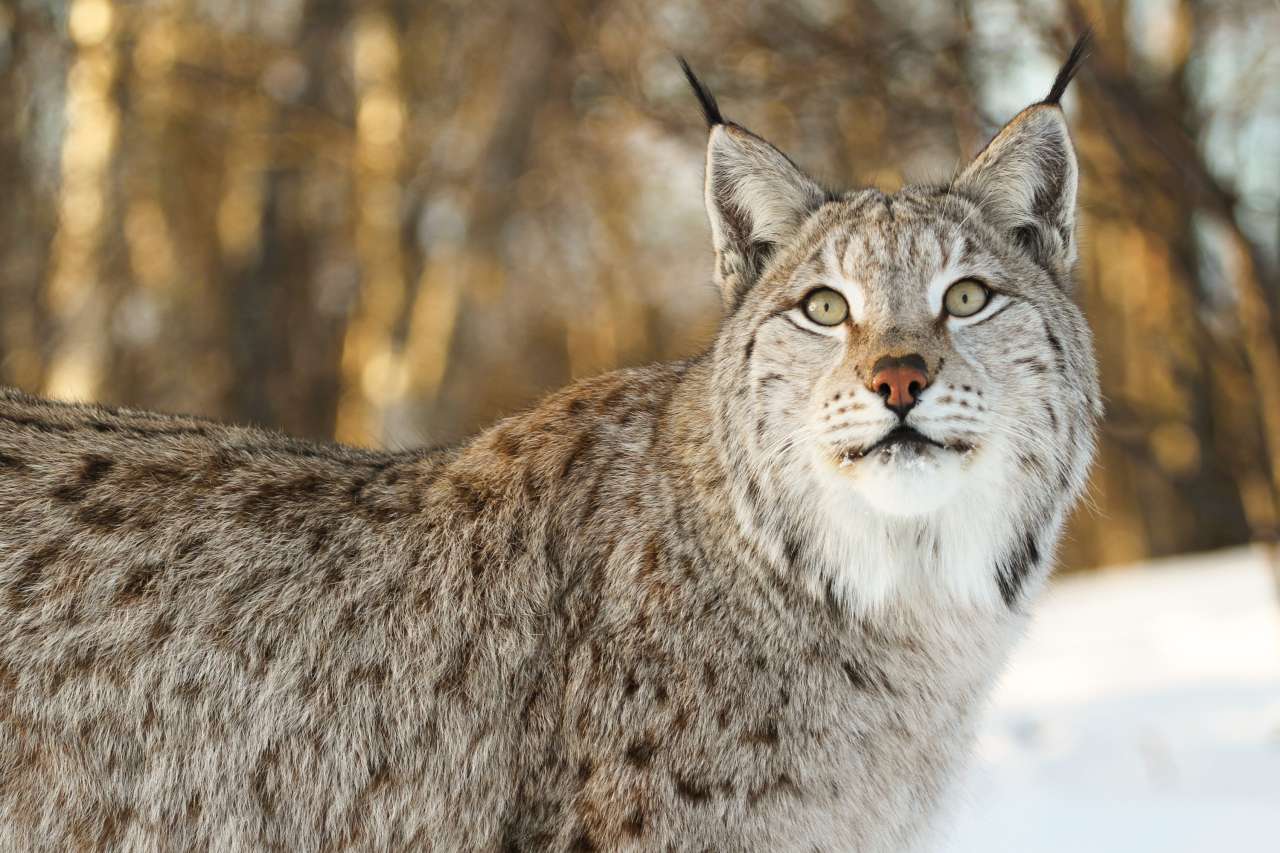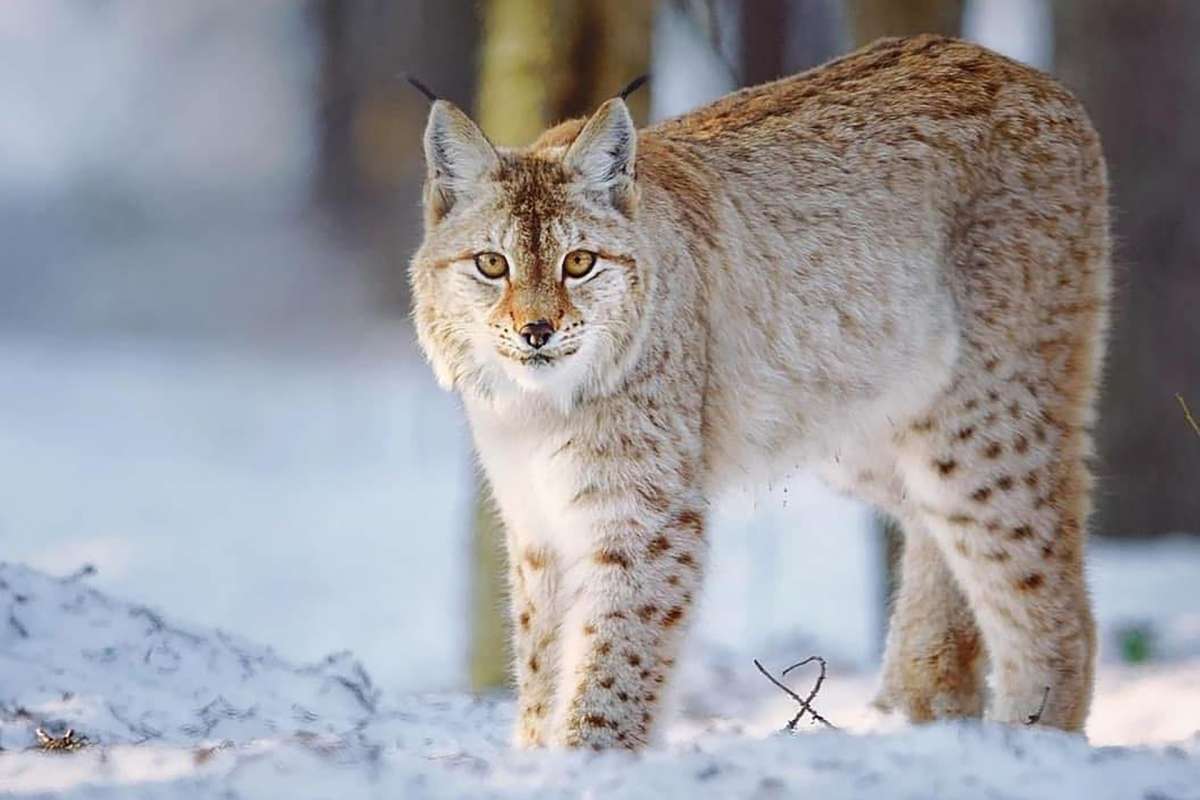Genetic Monitoring of Lynx

A lynx. Photo: Erik F. Brandsborg/Wikimedia Commons
The Eurasian lynx (Lynx lynx) is a medium-sized wild cat that is distributed throughout Eurasia. However, it was near extinction on the Fennoscandian Peninsula in the 1930s due to over-harvesting. Nowadays, the Fennoscandian lynx population is recovering and part of the large carnivore comeback in Europe.
Studying recovering populations can give us insight into evolutionary-ecological mechanisms that lead to successful recolonization and therefore, can inform conservation efforts and management of wild cat populations. We are also interested in understanding how lynx disperse across the increasingly urbanized European landscape.
Further, we would like to know more about how hunting pressures impact population and age structures as well as genetic diversity in this species.
This project is a collaboration between NIBIO Svanhovd and the Natural Resources Institute Finland – Luke in Finland.
Contact at Luke: Katja Holmala
Contacts


Contacts

Publications
Authors
Annika Herrero Cornelya Klutsch Katja Holmala Simo Maduna Alexander Kopatz Hans Geir Eiken Snorre HagenAbstract
No abstract has been registered
Abstract
No abstract has been registered

